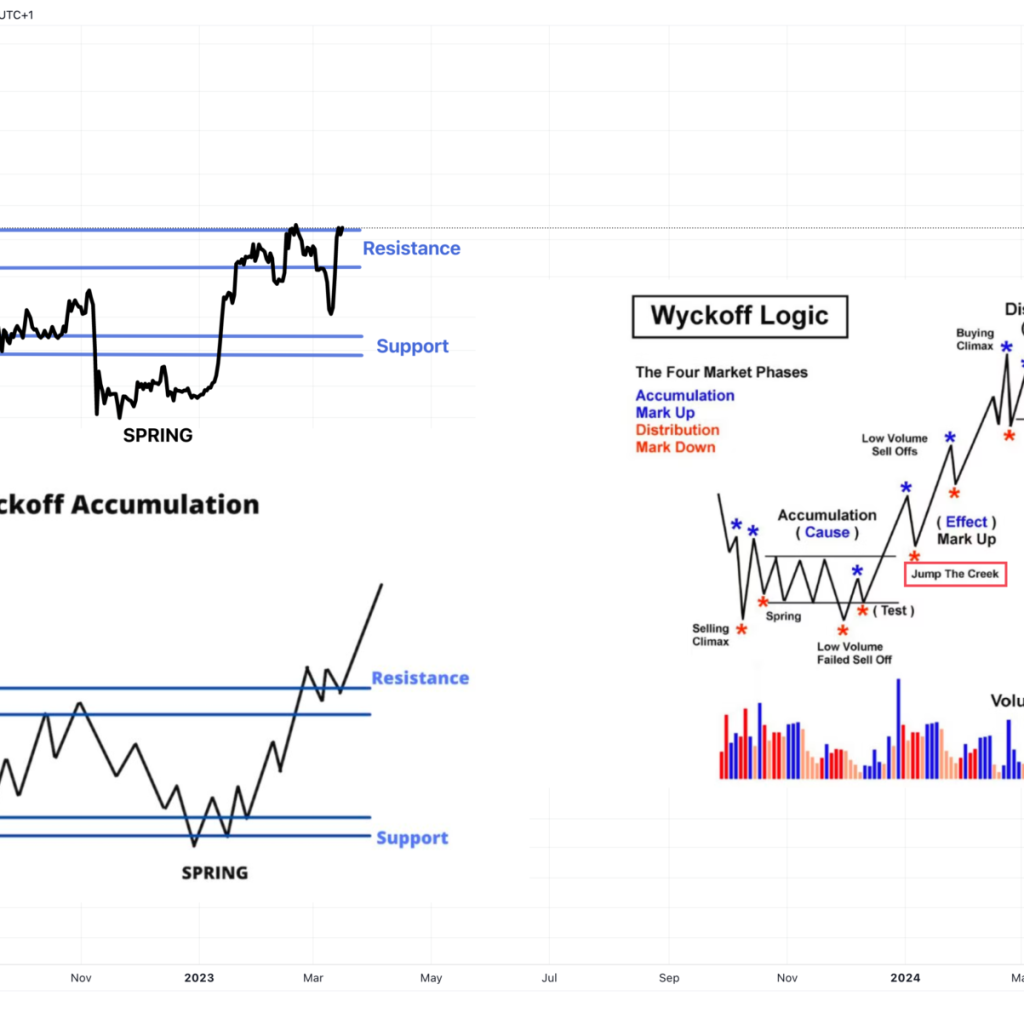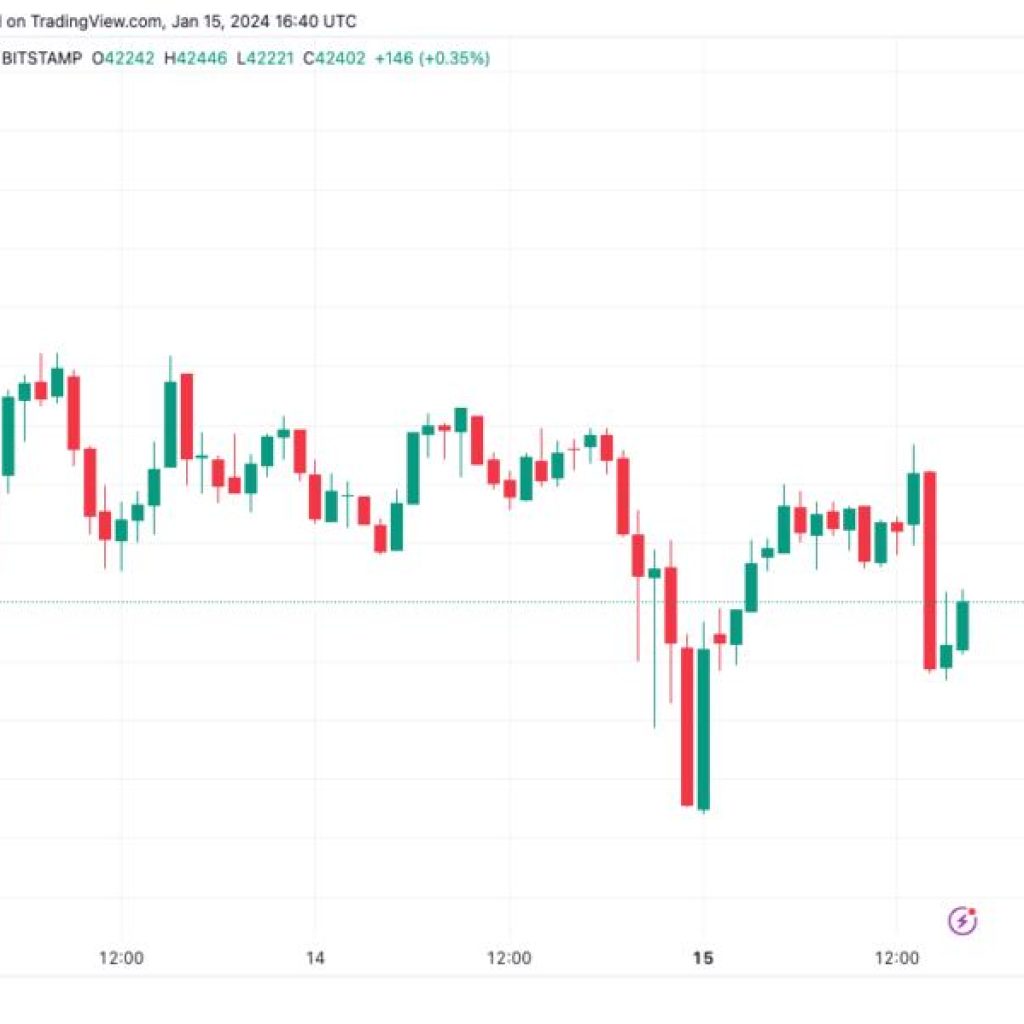Despite Bitcoin’s price hovering around the $30,000 mark, the cryptocurrency’s underlying network fundamentals, such as difficulty and hash rate, continue to set new records.
The 2023 Bitcoin recovery has significantly impacted miners, who have experienced a much-needed turnaround following the bear market that had previously squeezed their profit margins.
As BTC/USD gained 70% in Q1, beleaguered mining participants experienced relief, leading to an increase in competition for block subsidies, as reflected in the network’s difficulty.
Data from BTC.com indicates that on April 20, the difficulty will rise by approximately 2.1%, reaching an astounding 48.91 trillion, a full 13 trillion higher than at the beginning of the year.
Bitcoin’s rising hash rate accompanies network growth
Alongside the network difficulty, Bitcoin’s hash rate is also estimated to reach unprecedented heights, with raw data from MiningPoolStats showing a new all-time high of 418 exahashes per second (EH/s) on April 18.
While some critics argue that hash rate estimates can be misleading, other industry experts continue to closely monitor the metric as it reaches new heights.
Russia has emerged as a key player in the mining landscape, significantly increasing its mining activity over the past year and reportedly becoming the world’s second-largest miner in 2023.
As a result, concerns have been raised about the potential for governments with majority hash rate shares to pressure miners into censoring transactions.
However, some industry insiders argue that the real “danger” lies in utilizing the hash rate for its intended purpose – earning Bitcoin.
Current data on miner balances reveals an increase in BTC sales on a rolling 30-day basis. On April 18, miners reduced their Bitcoin holdings by 648 BTC compared to one month ago. The fluctuation in miner balances contrasts sharply with the sell-offs that accompanied the FTX implosion in Q4 of last year.
Despite the recent improvements in Bitcoin’s network fundamentals, the cryptocurrency’s price trajectory remains volatile and intimately tied to miners’ fortunes.
While some miners still have a considerable debt to pay down and face ongoing challenges, the Bitcoin price increase has provided a degree of relief.
Debt reduction and investment in new equipment
Many mining companies have focused on debt reduction rather than spending on new equipment. Analysts at BTIG note that even as the estimated cost of new mining rigs has dropped by around 69% since the end of 2021, most miners have prioritized paying off their debts.
There are some exceptions, however. CleanSpark, for instance, has taken advantage of falling prices to purchase 45,000 new mining rigs, nearly doubling its computing power.
Declines in power prices, particularly in the U.S., have eased pressure on company margins. Analysts at BTIG state that the electricity cost for producing one bitcoin has fallen by about 40% since the end of last year.
This means that even as both the computing power available on the network and mining difficulty rise to new all-time highs, the 30-day average cost-per-transaction for miners has fallen to its lowest level since September.
As the cryptocurrency market continues to experience fluctuations, miners must remain adaptable and responsive to the rapidly changing landscape.
The recent uptick in Bitcoin’s network fundamentals serves as a positive indicator for the industry, but the market’s inherent volatility means that miners cannot rest on their laurels.




